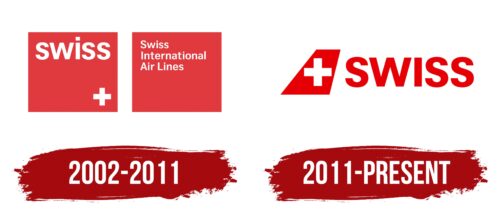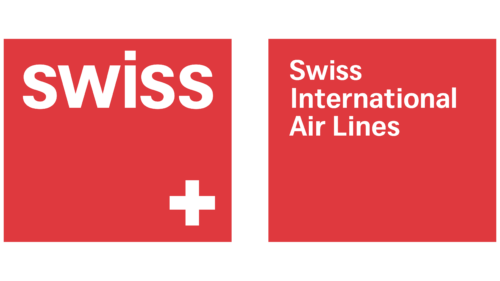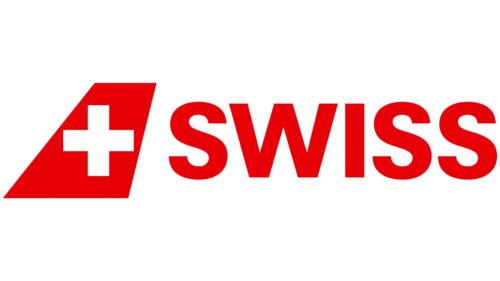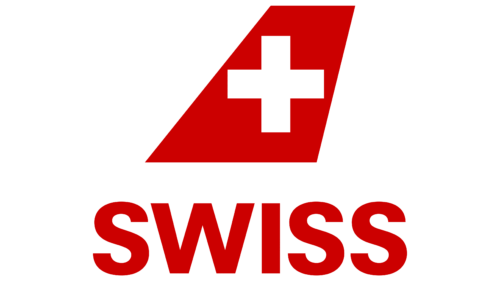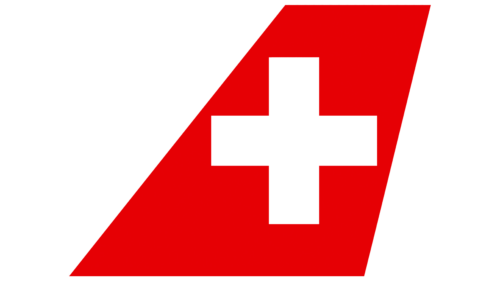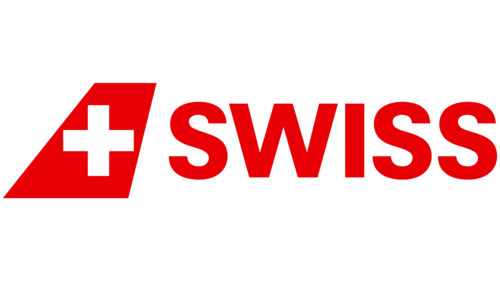 Swiss International Air Lines Logo PNG
Swiss International Air Lines Logo PNG
The red and white colors in the Swiss International Air Lines logo symbolize the company’s values, such as simplicity, elegance, reliability, and safety. The cross in the logo has its roots in Swiss history, where it is often associated with its coat of arms and cultural traditions. The SWISS emblem is an important element of the company’s branding, reflecting its uniqueness and style in aviation.
Swiss International Air Lines: Brand overview
Swiss International Air Lines is Switzerland’s leading airline, headquartered in Basel. It opened in 2002 and is owned by the German Lufthansa Group. The company logo can be seen on 88 aircraft flying to 102 destinations. The carrier was created to replace Swissair based on one of its subsidiaries with investor money. To maintain its scale of operation, it was later merged with Lufthansa, Germany’s larger flagship airline. The company employs about 7,400 people.
Swiss International Air Lines, known simply as SWISS, came into existence on March 31, 2002, following the collapse of Swissair, Switzerland’s former national carrier.
The “Phoenix Project” spearheaded SWISS, an initiative backed by the Swiss government and business community to preserve a national airline. This new airline was formed from the remnants of the regional carrier Crossair, which took over many of Swissair’s routes and assets. It officially began operations on April 1, 2002, with a fleet inherited from Crossair and Swissair. The early years were marked by severe financial difficulties due to the aviation industry’s downturn post-September 11, 2001.
2003, the aviation company joined the global OneWorld alliance but left it in 2004 because of financial instability and misalignment with strategic goals. The pivotal moment came in 2005 when, after extensive negotiations, the airline was acquired by Lufthansa Group. This acquisition provided much-needed financial stability and growth opportunities.
In 2006, it joined the Star Alliance, aligned with Lufthansa, significantly enhancing its network and passenger services. In 2007, the brand embarked on a fleet renewal program, ordering new Airbus A330-300s for long-haul flights and Bombardier CS100s (later Airbus A220s) for European routes.
In 2009, the company fully integrated its subsidiary, Swiss European Air Lines (formerly Crossair), streamlining its European operations. The year 2010 marked the airline’s return to profitability, paving the way for expanding its route network, including new long-haul destinations.
In 2014, the brand announced an ambitious fleet renewal plan, including an order for new Boeing 777-300ER aircraft to replace the aging Airbus A340 fleet. The first Boeing 777-300ER joined the fleet in 2016, boosting efficiency on long-haul routes. The airline became the launch customer and the first operator of the Bombardier CS100 (later Airbus A220-100) in 2017, showcasing its commitment to innovation and efficiency. The fleet renewal program concluded in 2018 with the delivery of the last Boeing 777-300ER.
In 2019, the company celebrated the delivery of its 30th C Series/A220 aircraft, solidifying its position as the largest European operator of this aircraft type. By 2020, the aviation firm had established itself as Switzerland’s leading airline, serving over 100 destinations worldwide from its hubs in Zurich and Geneva.
Meaning and History
Swiss International Air Lines has used a red logo with a white cross for decades to show its national identity. After all, the simple figure, usually associated with medicine, is Switzerland’s national symbol. The cross is included in the country’s official flag and is widely spread in its culture.
The cross on the SWISS logo symbolizes the link between Switzerland and the rest of the world. The red represents the brand’s core values: dynamism, innovation, and professionalism. In 2011, an emblem depicting a jagged trapeze, similar to a part of an airplane’s tail fins, was created. Since then, it has been the main marker of the air carrier.
What is Swiss International Air Lines?
This is the national carrier of Switzerland, based in Zurich. It is known for its high-quality service and punctuality, reflecting Swiss values. The company operates a diverse fleet, including narrow-body Airbus A220 and wide-body Boeing 777 aircraft, allowing it to efficiently serve both European and intercontinental routes. A unique feature of the company is its “SWISS Taste of Switzerland” program, showcasing the cuisine of different Swiss cantons on board.
2002 – 2011
The airlines used two logos at once. Both have a red square background, like the canvas of a Swiss flag. The white cross in the lower right corner reinforces the resemblance to the first logo. Complementing the design is a large abbreviation, SWISS, which stands for Swiss International Air Lines. The cross and the inscription counterbalance each other.
The white cross refers to Christian views. The cloth is like an inverted Templar flag (white background and red cross). In modern realities, the cross indicates neutrality and democracy. It echoes the white snow of the Swiss mountains.
The second version of the logo includes the company name in full. It occupies the left upper part, while the lower half of the canvas remains free. At first glance, the disproportionate positioning indicates the company’s line of business. The inscription flies over the “ground” like an airplane.
2011 – today
2011, the company improved the brand’s visual image and service quality.
The new logo is still associated with the country’s flag. In the right part of the composition is a red figure, which corresponds in shape to the keel in the tail part of the airplane. The piece performs steering functions. Therefore, its placement at the head of the emblem shows that the company is ready for a steering and leading position. It will deliver passengers, steering the process with confidence.
A white cross on the keel shows that it belongs to Switzerland. Behind the figure is a large SWISS inscription in red capital letters. It appears to fly like a kite tail attached to the aircraft. The upper register of the inscription demonstrates reliability.
The composition closely resembles the Swissair logo, which the company was created to replace.
Font and Colors
The Swiss International Air Lines logo shows the close connection between the company, its home country, and the airline industry. The emblem’s design shows innovation, progress, and modernity, the most important qualities for a company that wants to offer the highest level of customer service.
The emblem’s main colors are red and white, which are also the main ones on the country’s state symbols.
- The red is the prototype of the ardent heart, love for flying, and speed. It shows the company’s patriotic mood.
- White is the color of air, lightness, and height.
The font of the inscription on the Zurich Black logo.
